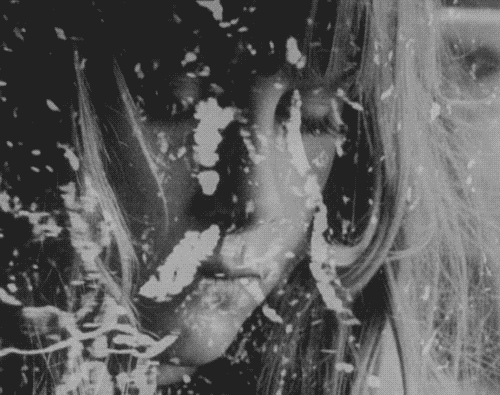
‘In the recent time-based art of Gunvor Nelson, we are witness to the act of creating right before our eyes. Her work, especially the Field Studies series including Natural Features, radiates with the excitement of immediacy that is more commonly felt when viewing art such as paintings. I consider her to be the model of a film Artist although she is an accomplished film maker too. By film Artist, I mean that her work possesses the qualities of urgency and necessity that derive from an artist’s sensibility, not that of a conventional moviemaker. She has mastered the art of “single-author films.”
‘The physical and the tactile play important roles in creating the energy of immediacy I experience in Nelson’s work. These distinctive qualities also convince me of the decisiveness of her actions as an Artist as one image piles upon the next in a dense accumulation that carries the viewer deep into a prolonged instantaneous happening. She continues to work in print and paint and the physical traits of these media flow into her films and videos. Her love for the liquid quality of paint is evident in Natural Features and she does not flinch from showing us her joy and delight as she smears ink and paint around and mixes pigments with water. As a viewer of Natural Features I feel very present—rather like being near at hand while she is actually making the film. Photographs move around the frame and collages take form and are revised, altered, destroyed, and refreshed. I can intuit her moment-by-moment decisions and indecisions. I can sense her surprise of discovery when a visual accident becomes revelatory. This experience of witnessing her time-based work in the present tense is unfamiliar for a medium that normally tends to reference events that occurred in the past tense.
‘The film Art of Gunvor Nelson is both unflinching and continuously refreshing. Other artists demonstrate these qualities—Joyce Carol Oates’ writing reveals “unflinchingness” in a similar way as many of the hand-altered images in Nelson’s Natural Features display a rawness that undercuts a sensual beauty, which is also secreted there. Joe Gibbons’ 1976 film Punching Flowers shows the filmmaker beating up a rose as he purports to “put Nature in its place.” In True to Life, Nelson creates a different confrontation in her garden as her microphone audibly hits the plants. These sounds create a jarring counterpart to her exquisite investigation of unseen worlds through a close-up lens. The violent sounds underscore unexpected intrusions into her small fenced garden while simultaneously amplifying, through physical touch, an encounter between the lens and the subject.
‘Furthermore, Nelson’s films always strike me as being full of such unexpected visual and aural events. Shot after shot is so inventive that I am constantly finding myself startled. The visual elements in Nelson’s video True to Life are organized with a concern for colors and their subtle juxtaposition and inter-relationship rather than from a plot-driven approach. I don’t experience this work as an unfolding experience as I view literary films; there is no narrative arc. Instead Nelson seems to give each element equal weight. In doing so, she gives the impression of sharing with us, in real-time, her process of search and discovery in an unseen jungle.
‘Her re-working of her 1990 film Natural Features as the Natural Features times 3 triptych draws attention to her artistic process more emphatically. Sequences from the original film are isolated in digital wall frames and repeated in slower motion where more of her process is revealed. We see her arrange unlikely elements in playful and profound ways that “relentlessly refuse predictability,” to borrow Jytte Jensen’s words (Gunvor Nelson Retrospective, MoMA, 2006). Paradoxically, Gunvor Nelson has altered time and created an evolving present.
‘The inadequacy of comparable spoken or written language is apparent in one of the digital wall loops. There is no verbal equivalent to the complex and compelling moving images in which “defaced” people are encircled by a colorful toy car endlessly passing by. This sequence seems both menacing and farcical. In the act of removing people’s faces by ripping holes in the photograph, Nelson both forefronts the tactility of the ripped and scarred black-and-white photograph and undermines any illusion of filmic reality. Yet, Nelson mediates this aggressive disfigurement of the human faces with the incongruous actions and colors of the toy cars endlessly repeated.
‘Gunvor Nelson’s entire body of work is characterized by Ellen Dissanayake’s measure of art as “what is not accessible to verbal language, what cannot be said or deconstructed or erased, but nevertheless exists to be perceived by nonverbal, non-literate, pre-modern ways of knowing” (Homo Aestheticus: Where Art Comes From and Why, 1995). To come face to face with Nelson’s work is to be reminded that art is intrinsic to human life.’ — Alexandra Hidalgo
___
Stills
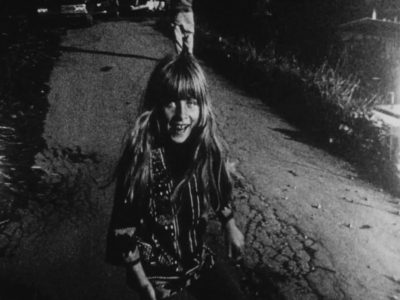
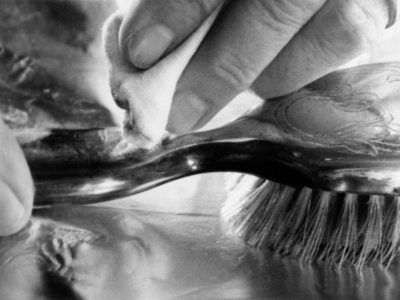

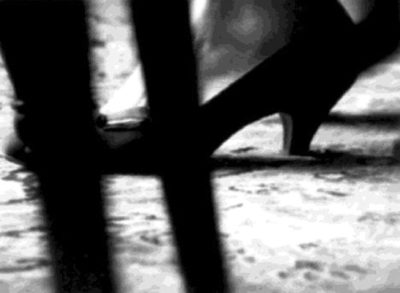
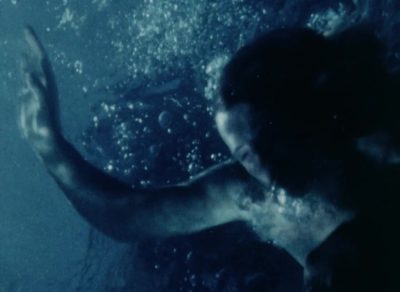
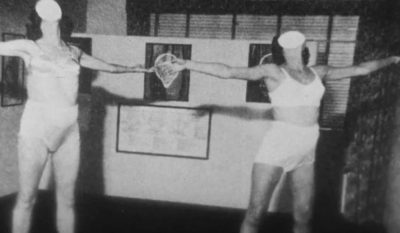

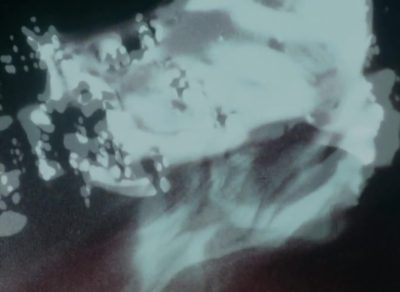
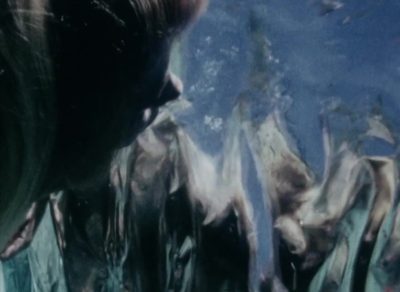
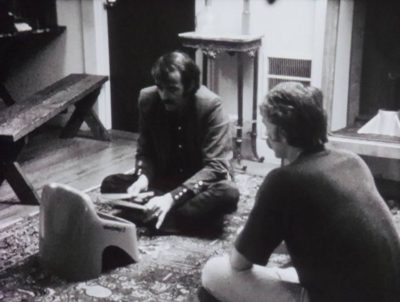




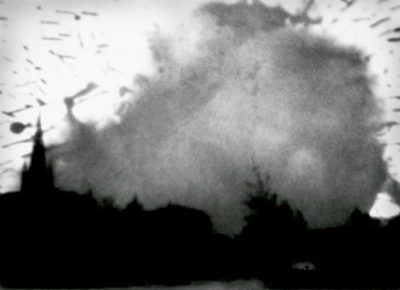
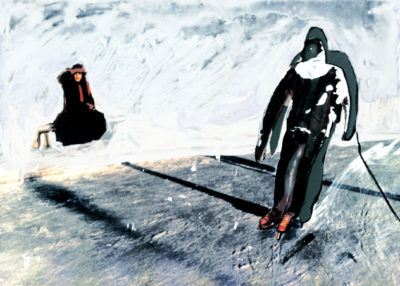
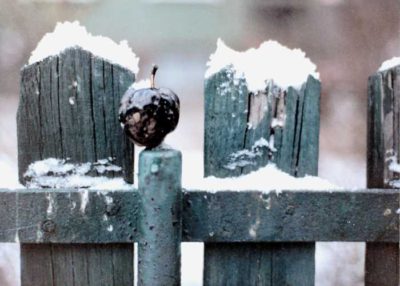

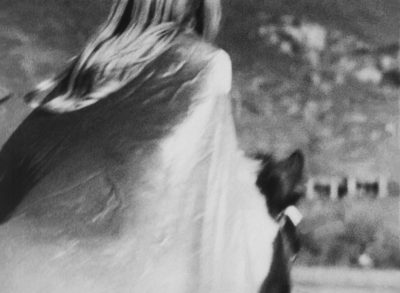
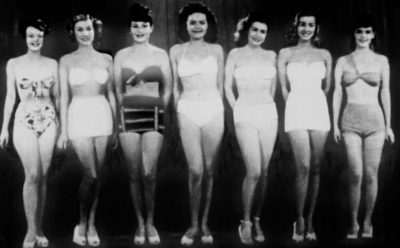
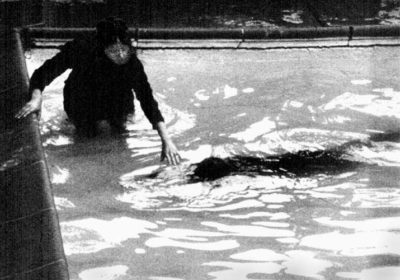



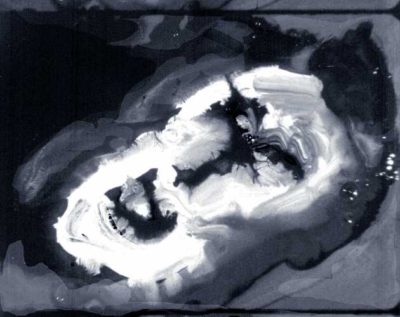
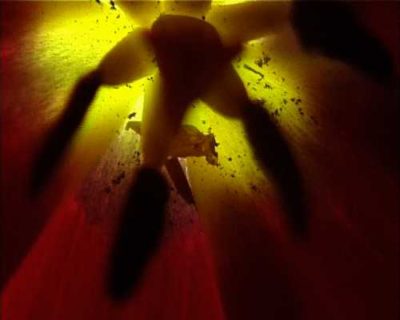

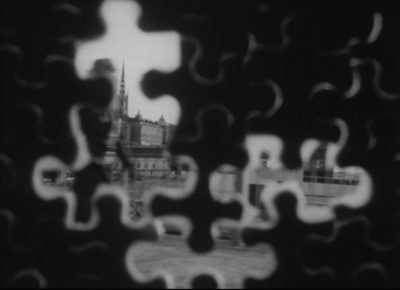

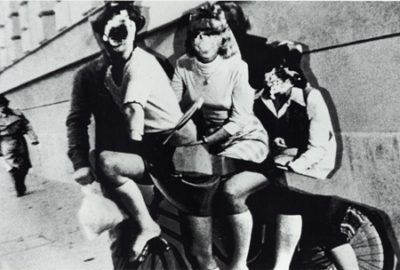

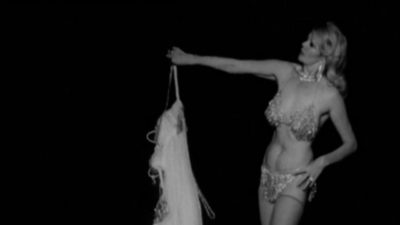

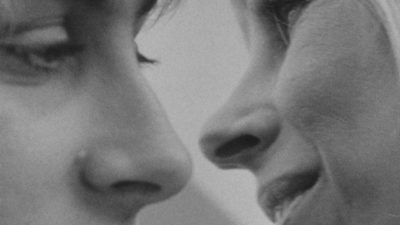
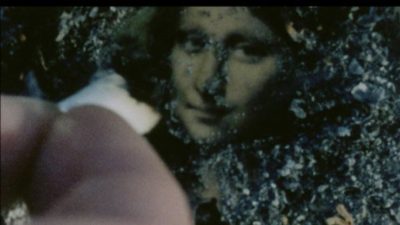
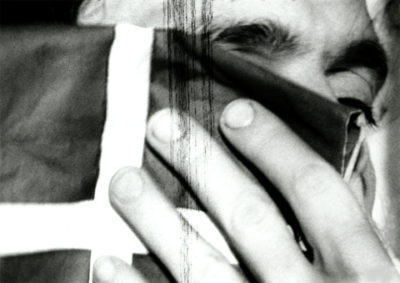
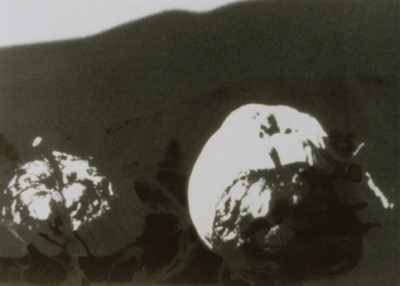
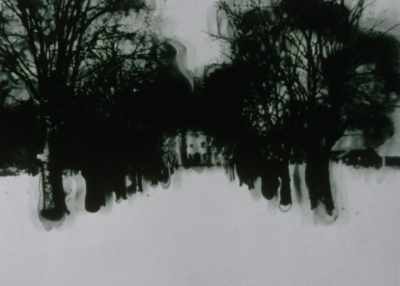
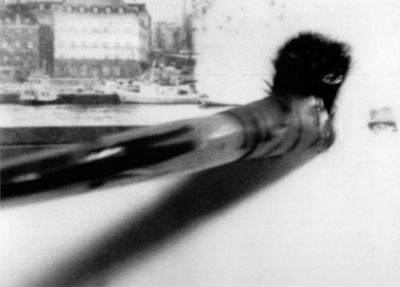

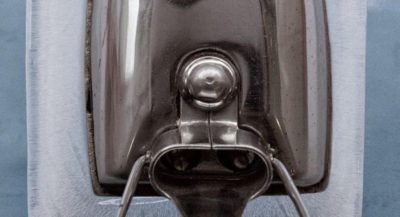
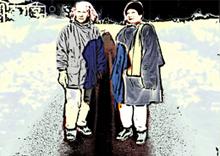

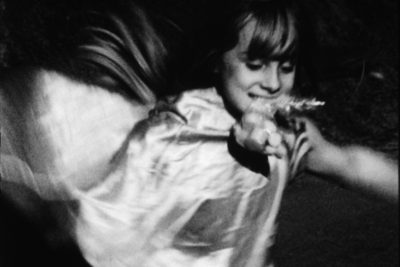
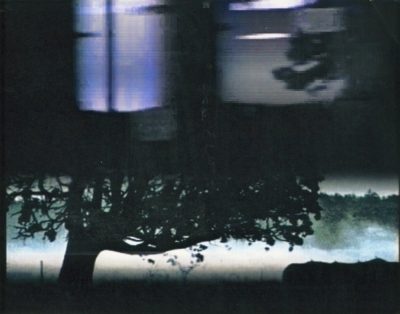
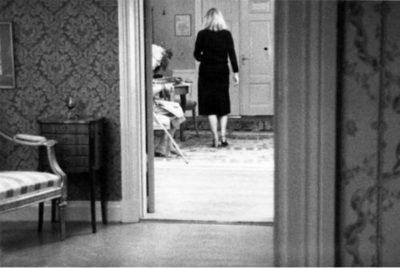
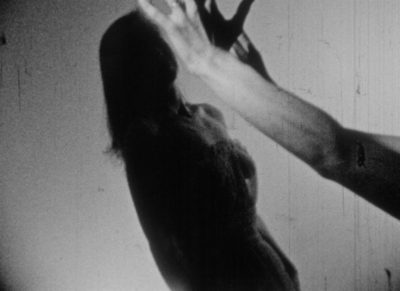


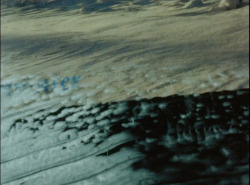
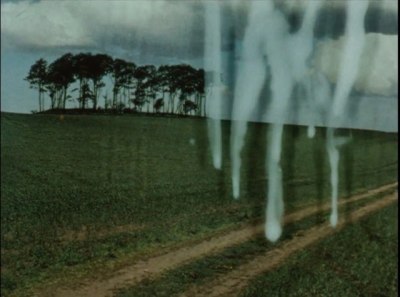
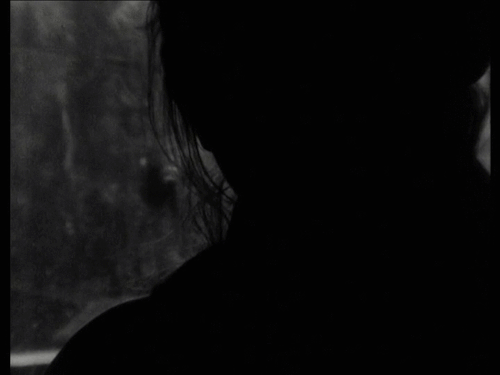
____
Further
Gunvor Nelson @ IMDb
Gunvor Nelson DVDs @ RE:VOIR
GN @ Light Cone
‘TIME AND LIGHT: Gunvor Nelsonʼs Vision of Editing’, by Lynne Sachs
GN @ MUBI
Fragment d’une œuvre : Gunvor Nelson
GN @ Experimental Cinema
Rêve et matière. Toucher-coller dans les films de Gunvor Nelson
The Films of Gunvor Nelson
DVD/Stream: Gunvor Nelson – Departures
Cineinfinito #73: Gunvor Nelson
Book: Gunvor Nelson and the Avant-Garde
Rêve et matière. Toucher-coller dans les films de Gunvor Nelson
The Material and the Mimetic: On Gunvor Nelson’s Personal Filmmaking
Signature, Translation and Resonance in Gunvor Nelson’s Films
“Not Evident When You First See the Object”: An Interview with Gunvor Nelson
THOUGHTS ON THE FILMS OF GUNVOR NELSON, by Lynne Sachs
GUNVOR NELSON: LA CINEASTA INESPERADA
____
Extras
Mrs Muddle’s Trip To The Mountains With Delia Derbyshire and Gunvor Nelson
The Boy – Αθήνα (ft. Δεσποινίς Τρίχρωμη)
_____
Interview
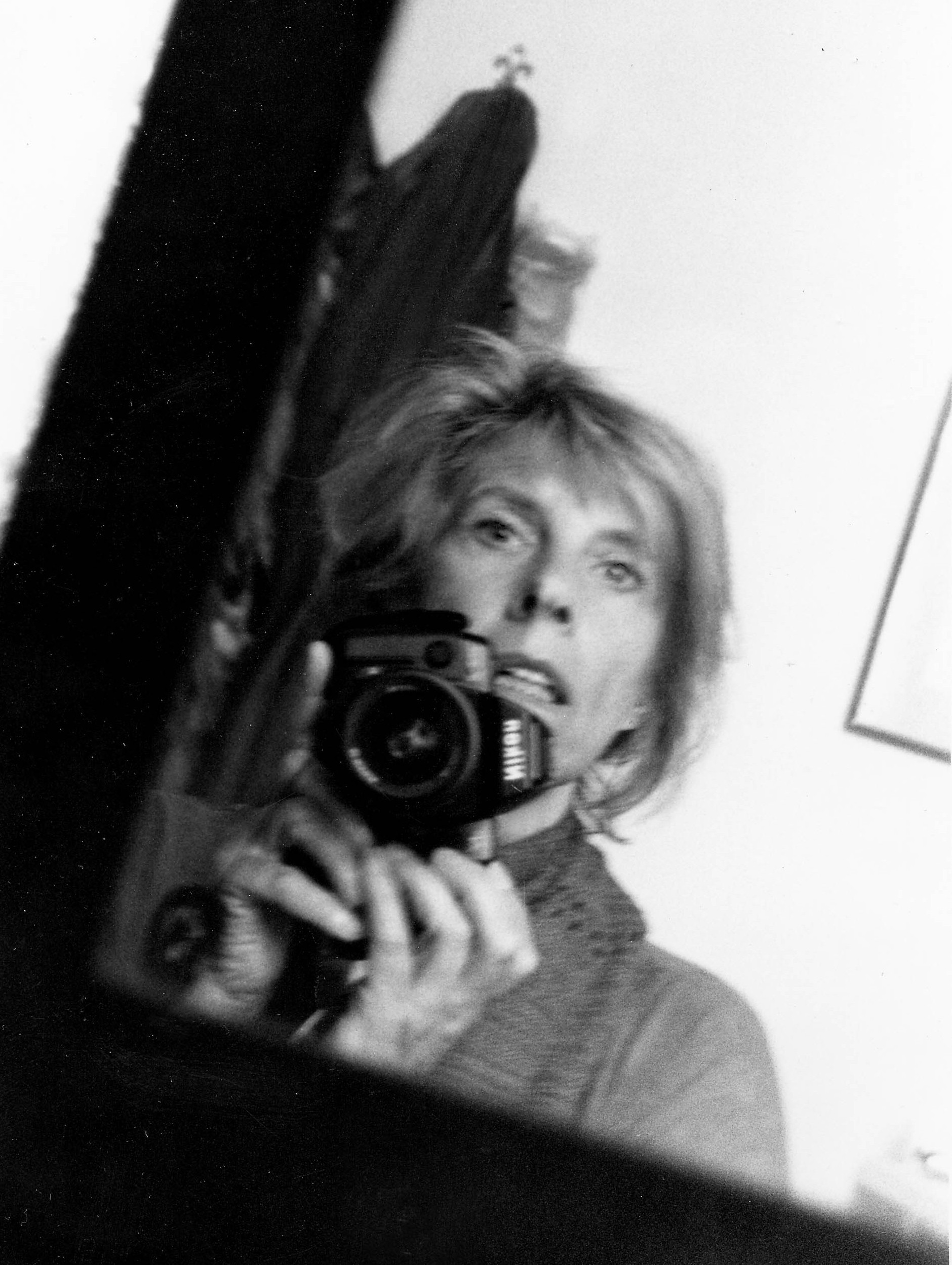
You moved to the USA in the 1950s to study painting, among other things, but eventually film became your primary medium of expression. What was it that attracted you to film?
– I see film as a kind of choreography, movement that takes place in a defined space and time, just like in music and dance. In this time frame, the film builds up its own vocabulary, and in that way creates its own character and its own memory.
In connection with your exhibition you have chosen to highlight American avant-garde film from the 1960s and 70s in the museum collection. On two evenings, all the films shown are by women filmmakers. How have artists like Maya Deren, Chick Strand and Yoko Ono influenced you? When I went through Moderna Museet’s catalogue of films, I realized that the women filmmakers from the 1960s were largely missing.
– When I went to the USA, I first encountered the influential male filmmakers, like Stan Brakhage and Bruce Baillie. It was only later that I discovered the women filmmakers. Maya Deren travelled around the USA early on, promoting film as a means of artistic expression beyond the Hollywood industry. Chick Strand was involved in starting up Canyon Cinema, which has been crucial to avant-garde film in the USA. It is vital to give visitors the chance to also see works by women filmmakers.
SCHMEERGUNTZ from 1966 is a milestone in American feminist film history. You mix scenes from beauty pageants with close-ups from a woman’s everyday life. Could you describe the attitude to women at the time when you and Dorothy Wiley planned your film?
– The idea behind this collage was to reveal the contrast between women’s everyday existence and the image that was broadcast on American TV. We were both mothers with small children at the time and had friends who were making a film with people like Steve Reich. It occurred to us that we could make a film too. Our film was a hit at the opening on New Year’s Eve 1965–66. People were doubled over in laughter. The absurdities of everyday life became one of Dorothy Wiley’s and my specialties. And the title SCHMEERGUNTZ is a nonsense word, another absurdity.
Let’s talk about sound. You came into contact with Steve Reich’s audio works at an early stage. In several of your films you use fractions of dialogue that are barely audible, as if we were in an adjacent room or hearing echoes of the past. Can you describe the relationship between image and sound?
– I collect sounds. When you combine a certain film sequence with a certain sound you achieve a third possible dimension. I try to develop different solutions for each new film, to achieve suspense and variation. I did the cutting of MY NAME IS OONA, for instance, after first finishing the soundtrack. It’s an art to avoid simply illustrating the image with a sound. It’s also an art to dare to exclude sound entirely, as in TIME BEING.
Some of your films – for instance TIME BEING – is only shown at specific times in our cinema. Can you describe how that film was created?
– TIME BEING is about my mother at the very end of her life. When I made the film she was no longer able to communicate. It’s a very sensitive subject that I want to be treated respectfully. I wanted to make a film with a simple format. Without sound. It’s a film about my mother, but here she also represents something more. She represents human fate.
In 1993, you moved back to Sweden and decided to abandon the 16 mm film format. You contacted the video lab CRAC and now work exclusively with video and digital editing. How did that change your approach?
– The transition to video has meant that I feel more freedom technically. But I have also started filming in a more intimate way. I film “smaller” worlds than I did with 16 mm film, which involves more complex technology because you need a film lab to perform certain stages.
TRUE TO LIFE – your latest film – has several similarities with MY NAME IS OONA (1969). You create evocative dream landscapes based on an apparently simple study of nature. How did you conceive TRUE TO LIFE?
– TRUE TO LIFE was shot in my garden in Kristinehamn in Sweden. I had bought a few closeup lenses for my camera, and when I put them together I discovered another world and started filming it. Then I amplified the sound of the camera brushing against the vegetation. The title, TRUE TO LIFE, is a cliché, of course. As always, I was looking for a multifaceted title that could be interpreted in many different ways.
______________
15 of Gunvor Nelson’s 27 films
______________
w/ Dorothy Wiley Schmeerguntz (1965)
‘Best described by critic Ernest Callenbach as “one long raucous belch in the face of the American Home …”, Schmeerguntz, made with Dorothy Wiley, was Gunvor Nelson’s first film and instantly identified her as a compelling talent. Invented by Nelson’s father as an imaginary German word for sandwich, Schmeerguntz encapsulates the filmmaker’s overarching interest in undercutting surface layers to examine the ugly and the sublime underneath.’ — IFI
Excerpt
________________
My Name Is Oona (1969)
‘Gunvor Nelson’s entrancing study of her young daughter is not so much a portrait as an invocation. Quicksilver montage make it impossible to discern where one image ends and another begins, richly conveying a fluid sense of a being. As much a work of sound art as a visual poem, the incantatory soundtrack (co-designed by composer Steve Reich) repurposes the childhood game of repeating a word until it turns to nonsense to evoke the enduring mystery of one’s own name (the knife’s edge of word and world).’ — Max Goldberg
the entirety
________________
Kirsa Nicholina (1969)
‘The film is a discovery of the eternal beauty and wonder of Nature. In extremely graphic detail, we watch the birth, becoming so involved, we’re feeling the heat and tension. KIRSA NICHOLINA is a simple, poetic statement that is fantastically involving and moving.’ — Danny Weiss
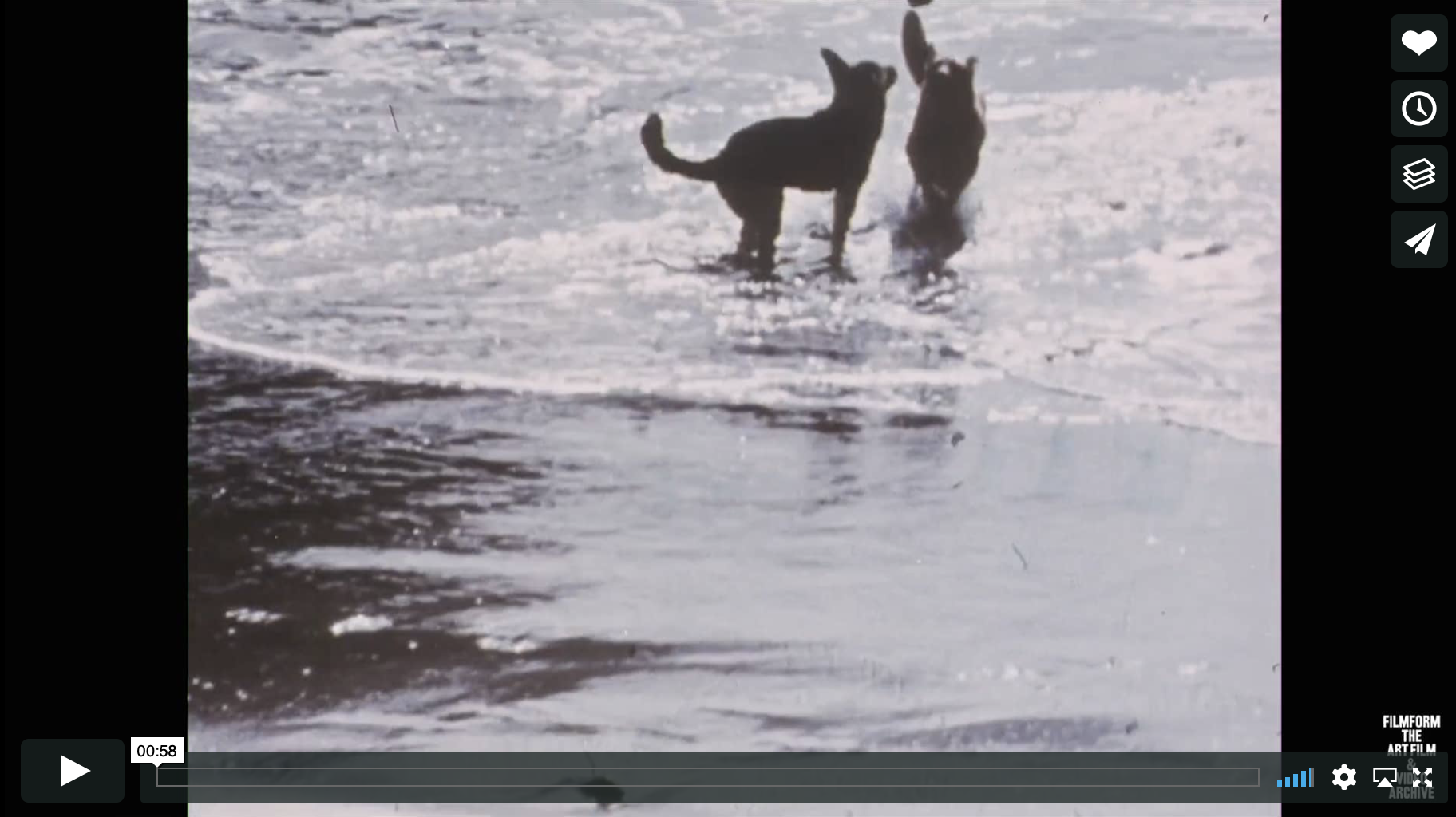
_______________
Five Artists: BillBobBillBillBob (1971)
‘About five of the San Francisco-based artists and their families were close friends whose careers intertwined contributes to the rare intimacy of the portraits. In order of their appearance, those profiled are painter/sculptor/filmmaker William T. Wiley, filmmaker Robert Nelson, painter William George Allan, painter/sculptor William Geis, and painter/sculptor Robert H. Hudson.’ — Film Affinity

______________
Take Off (1972)
‘Freaky and not a little transcendent, TAKE OFF takes the strip tease well past its usual climax. By sprinkling a little Georges Melies magic over the peep show motif, Gunvor Nelson simultaneously revels in cinema’s earliest forms while exploding the medium’s customary reliance on (and objectification of) the female body.’ — Max Goldberg

Watch the trailer and film on Fandor
______________
Moon’s Pool (1973)
‘Gunvor Nelson’s oceanic lyric dissolves dualities of male and female, emotion and form, inside and outside, image and reflection. In the midst of a characteristically dense soundtrack, we hear the words: “Today, I see you see me in my body,” a cause for celebration in this literally immersive film. Utterly and pleasurably disorienting, MOON’S POOL follows the siren’s song of exploration and elation.’ — Max Goldberg
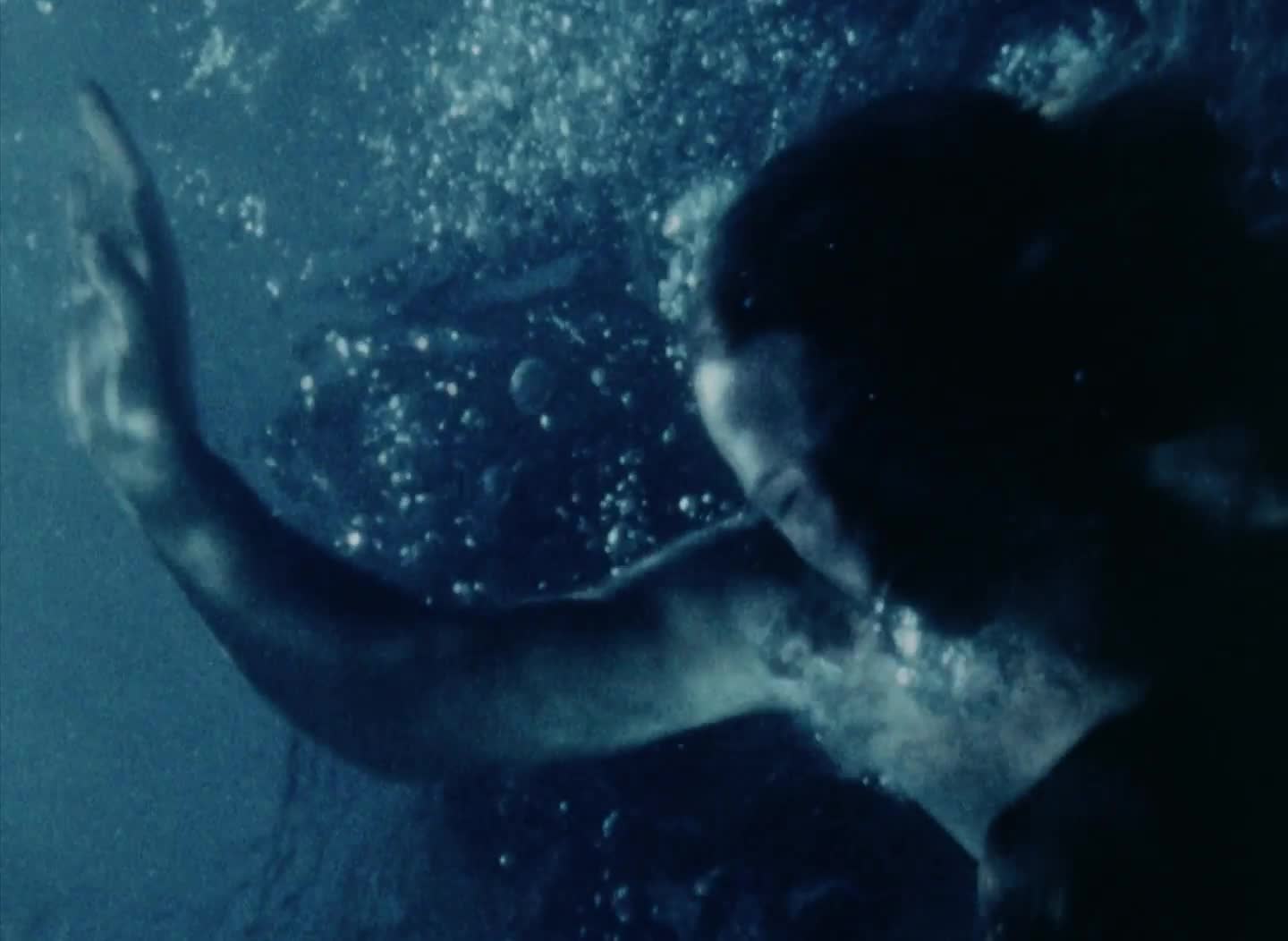
Watch the trailer and film on Fandor
______________
Frame Line (1983)
‘Frame Line is Nelson’s first collage film. The film that inaugurated her remarkable series of animated films, all made at the Filmworkshop in Stockholm. Frame Line is a reflection on Stockholm and Sweden, on Nelson’s return to her native country and a place that is both familiar and distant, both beautiful and ugly at the same time. Frame Line begins with images and glimpses of Stockholm that Nelson has collected, this audio-visual material develops into new image work in which animation becomes a way of discovering, alternating between randomness and structure.’ — Film Forum
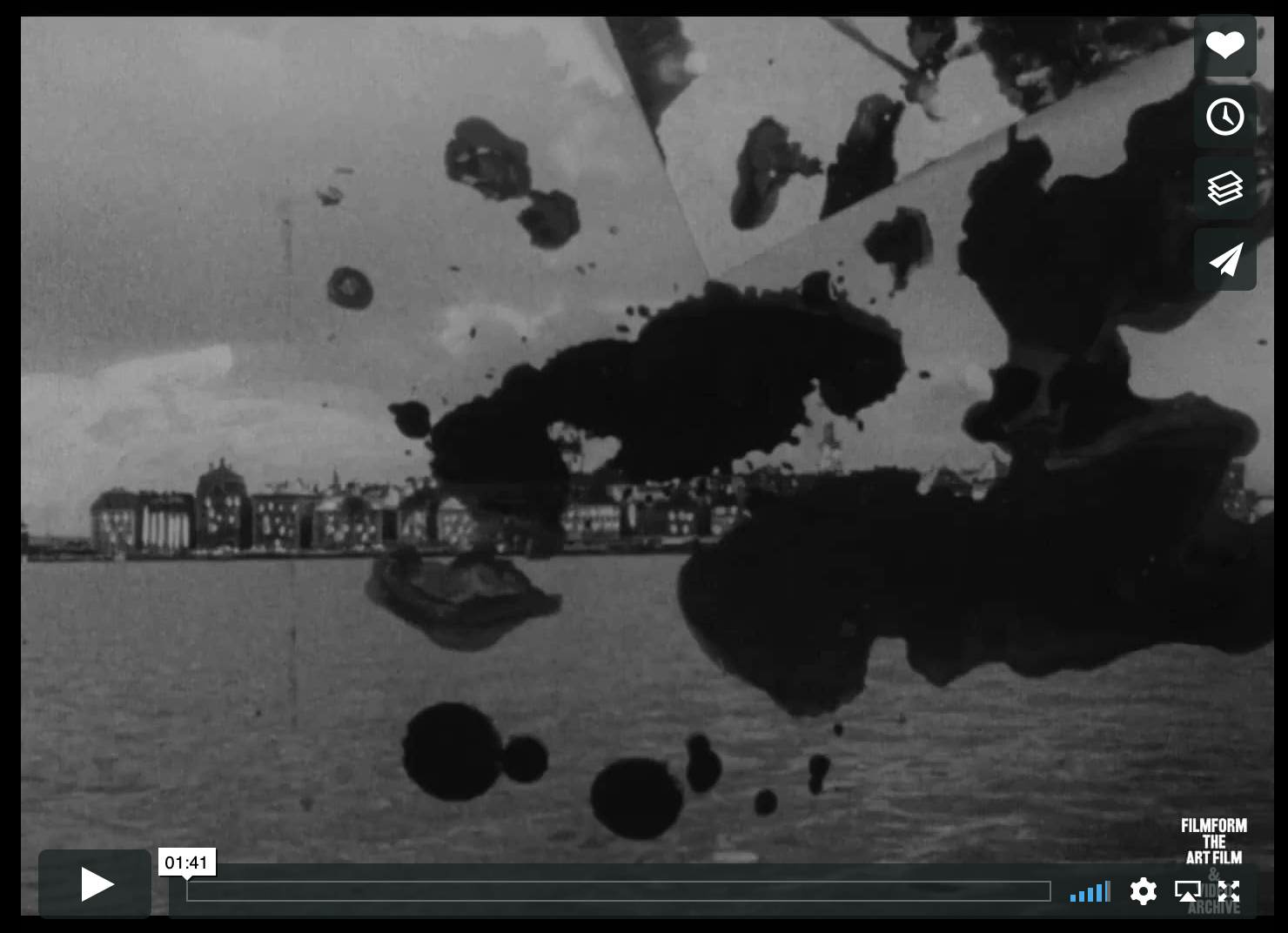
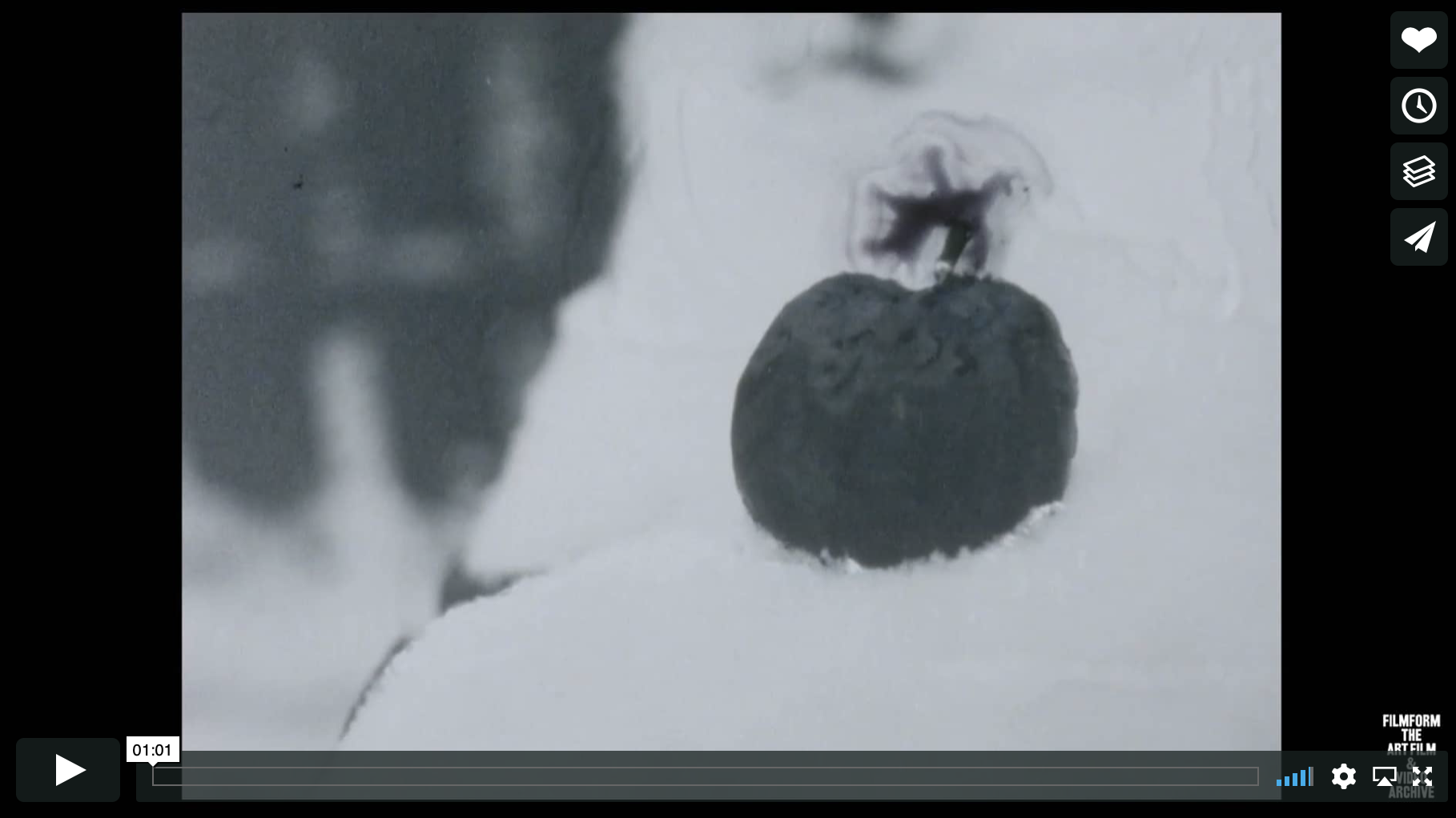
______________
Red Shift (1984)
‘This magnus opus is a domestic symphony from a woman’s point of view, the portrait of a grandmother, mother and child and their home. The women and their personal objects are mostly seen alone or relating to one another (except for touching scenes of the grandmother and grandfather together). A key aspect of RED SHIFT is the reading of selections from Calamity Jane’s “Diaries”, the most narrative aspect of the film. The Diaries are read against activities seen through a window, life passing by (people walking in winter, a river flowing). They tell how Jane lost her daughter and had to survive by using her talents to act like a tough and physically competitive man…’ — MASS ART FILM SOCIETY

______________
Light Years (1987)
‘Light Years is the second film of Nelson’s remarkable series of collage films in which she is blending animation with live-action. Frame Line (1983) that was the first, evolved around Stockholm and Sweden, and with Light Years Nelson expanded into the Swedish countryside and landscape.’ — Film Forum
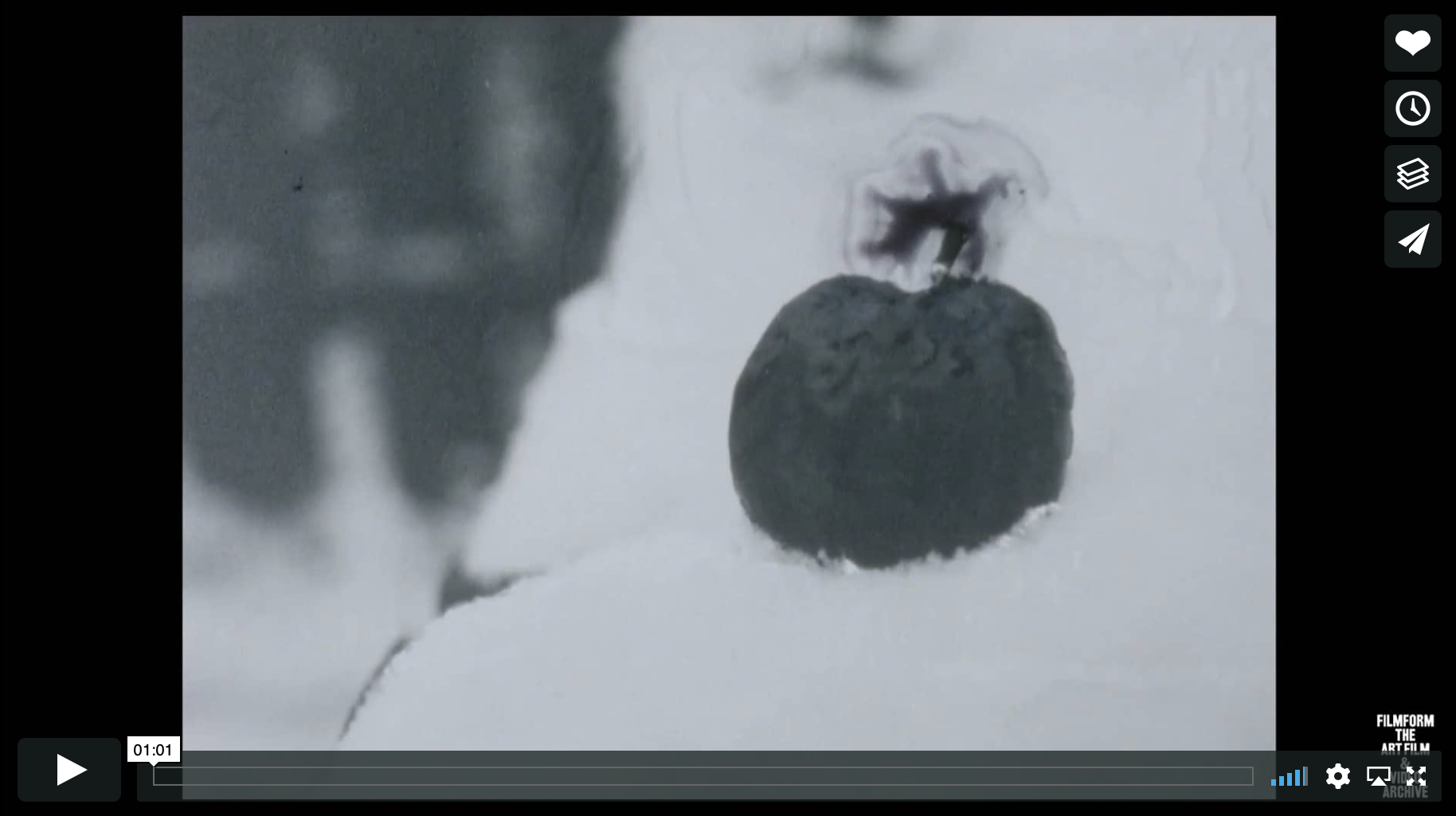
______________
Field Study #2 (1988)
‘A collage film with sequences of live action with animation using cut-outs, found footage and pouring sands. A dark delicacy lingers. Superimpositions of dark pourings are perceived through the film. Suddenly a bright colour runs across the picture and delicate drawings flutter past. Grunts from animals are heard.’ — Film Forum
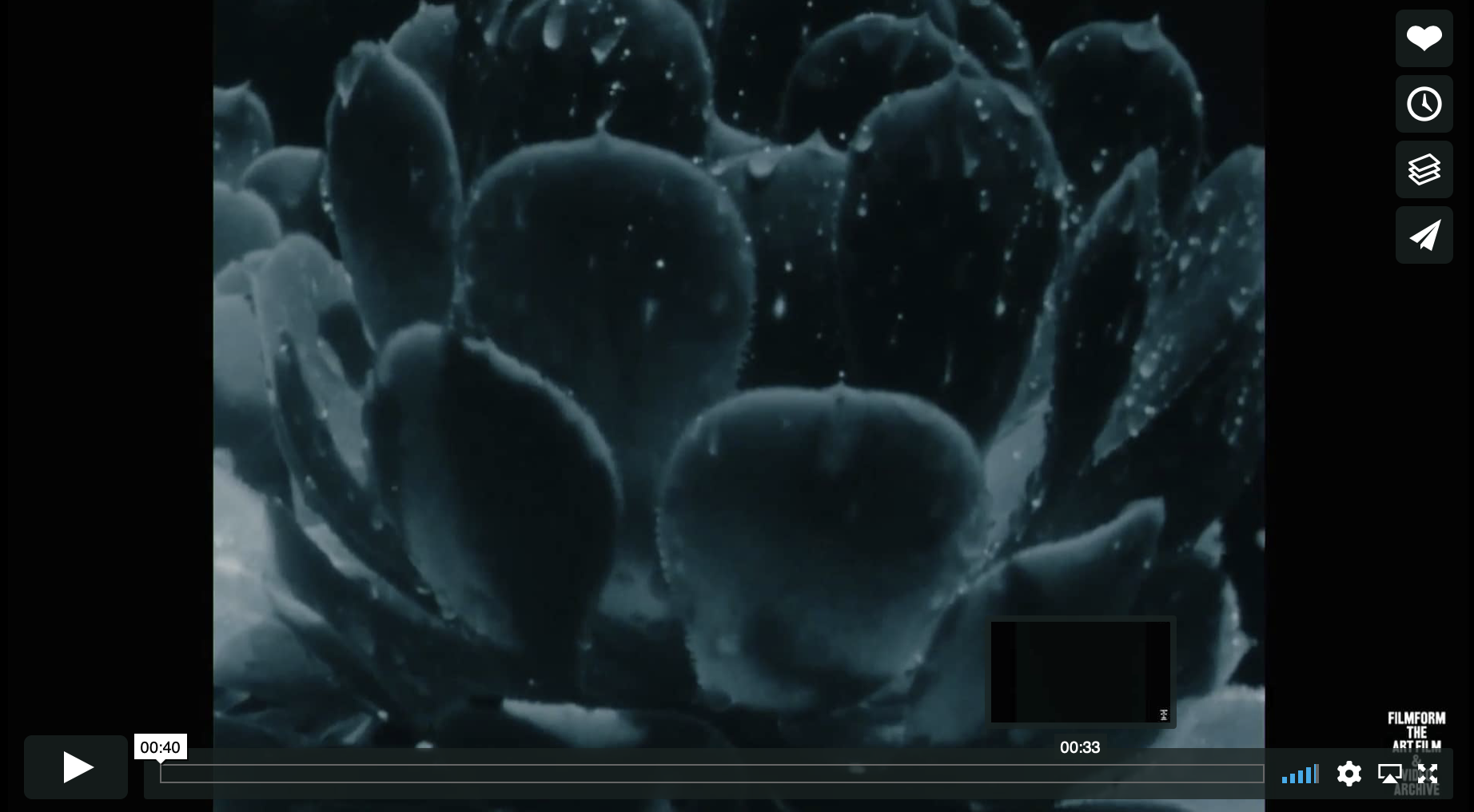
______________
w/ Dorothy Wiley Before Need Redressed (1994)
‘After doing “Before Need”, Gunvor Nelson and Dorothy Wiley embarked on a new creative process. They revisited the film, reworked it and reassembled it creating a shorter new version, called “Before Need Redressed”. A way to express how the passing time, reflection and accumulating experiences can affect the form and vision of a film.’ — Ulf Kjell Gür
Trailer
_____________
Tree-Line (1998)
‘Tree-Line is Nelson’s first video. It is based upon sound and image material that accompanied Premiere’s software at the time. Nelson simply began to play with the programme when learning how to work digitally. The starting point of the video is the soundscape and afterwards movement and the image of a tree appears. Tree-Line is a profound a reflection on the intersection of film and video, photographic (indexical) media vs. electronic media.’ — Film Forum
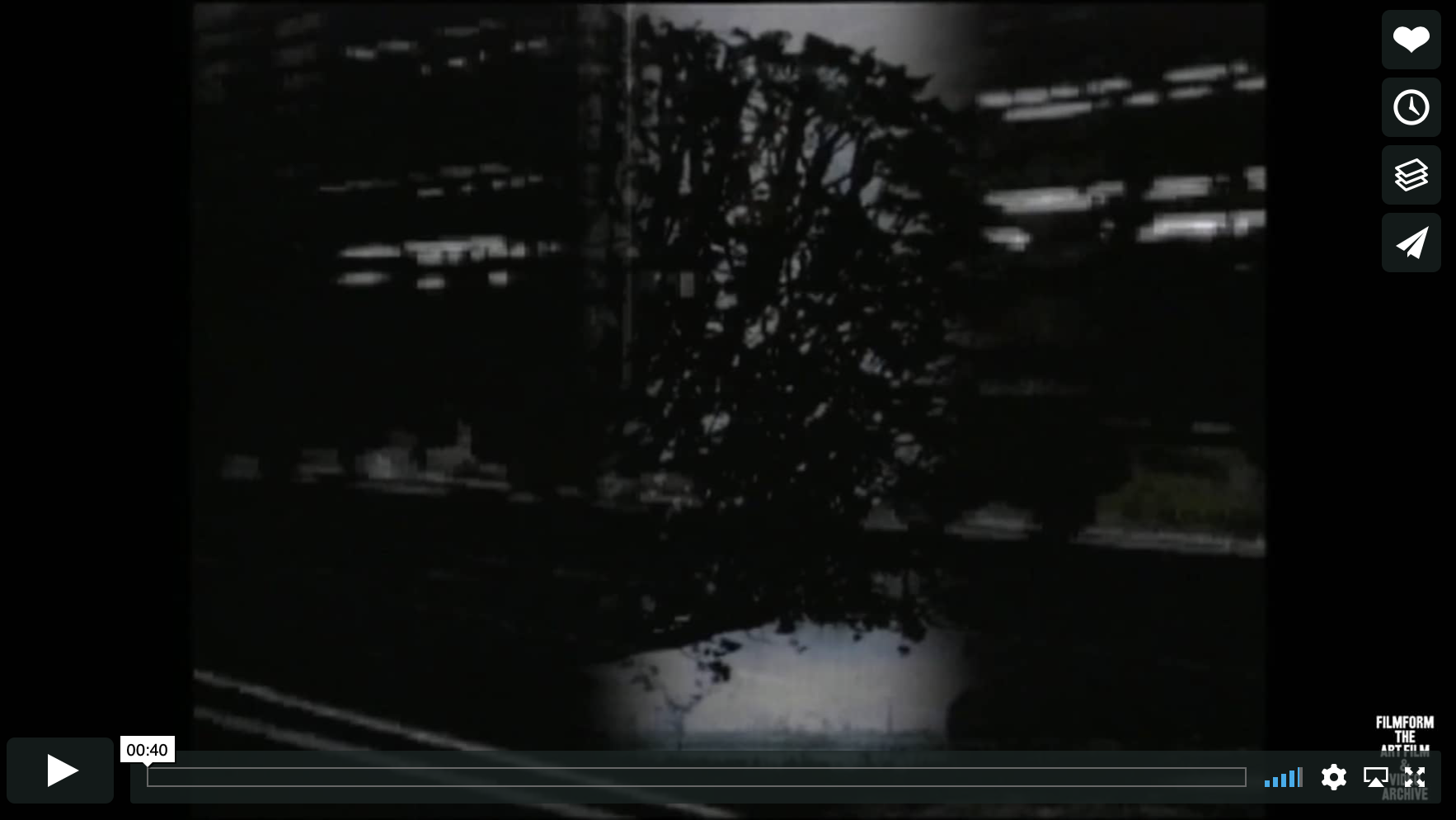
_____________
Trace Elements (2003)
‘Trace Elements is Nelson’s first video in which she returns to one of her prime characteristics, movement and the moving camera. Whereas both Tree-Line and Snowdrift dealt with the image as object the focus is now on the camera as a way of seeing and discovering the world. The video shows Nelson’s moving shadow on the floor of her studio, as if the camera was searching for its object, being occasionally interrupted by colourful close-ups of flowers and plants; shots that foreshadow True to Life.’ — Film Forum
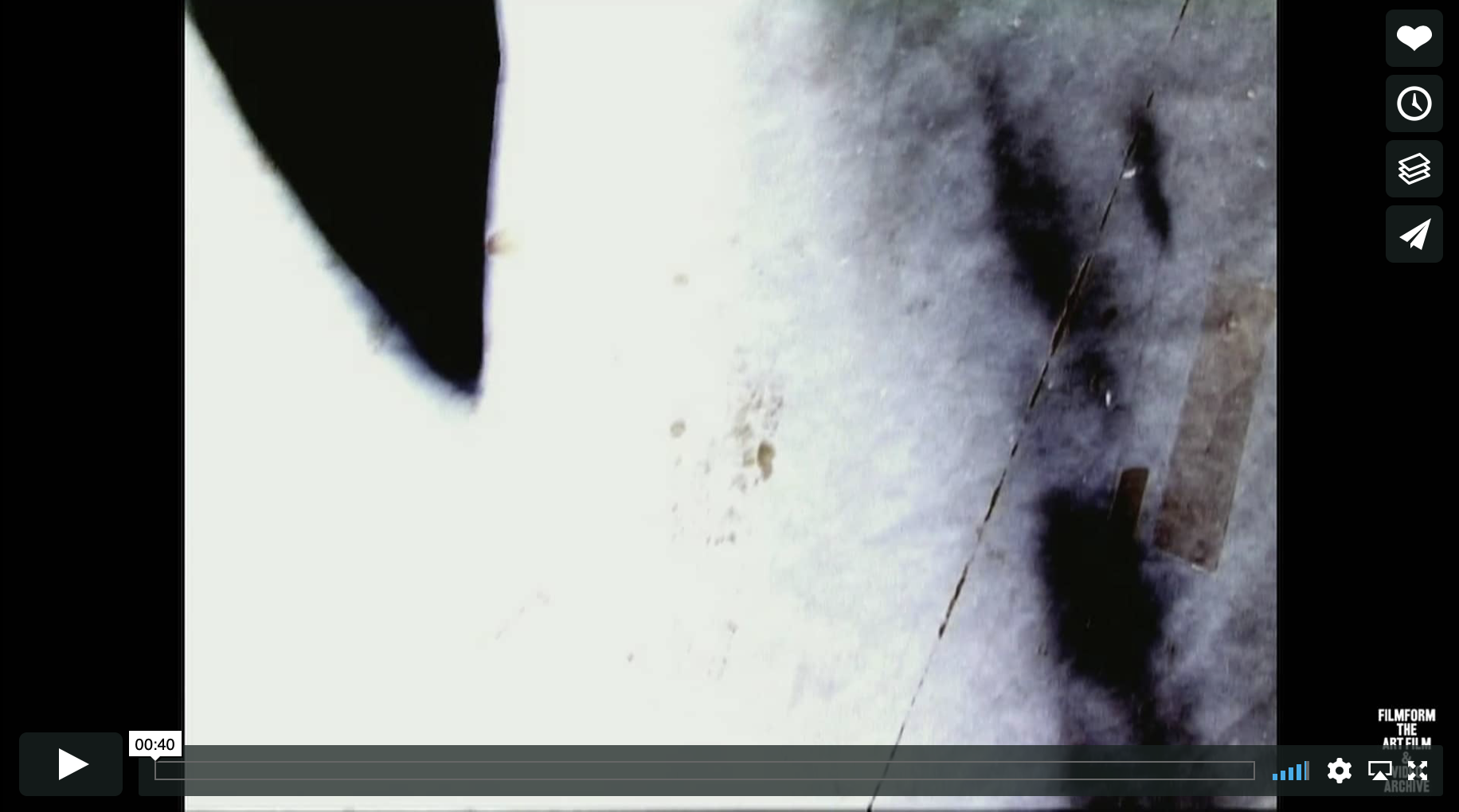
_____________
New Evidence (2006)
‘Shadows of people inhabit a wintry road, casting darkness over the tracks. What happens when this substance is washed away by fleeting reflections and blended into new matter, color and forms? And sound: feet tramping endlessly round, round like hands on a clock. This is happening now …’ — Sue Anne Moody
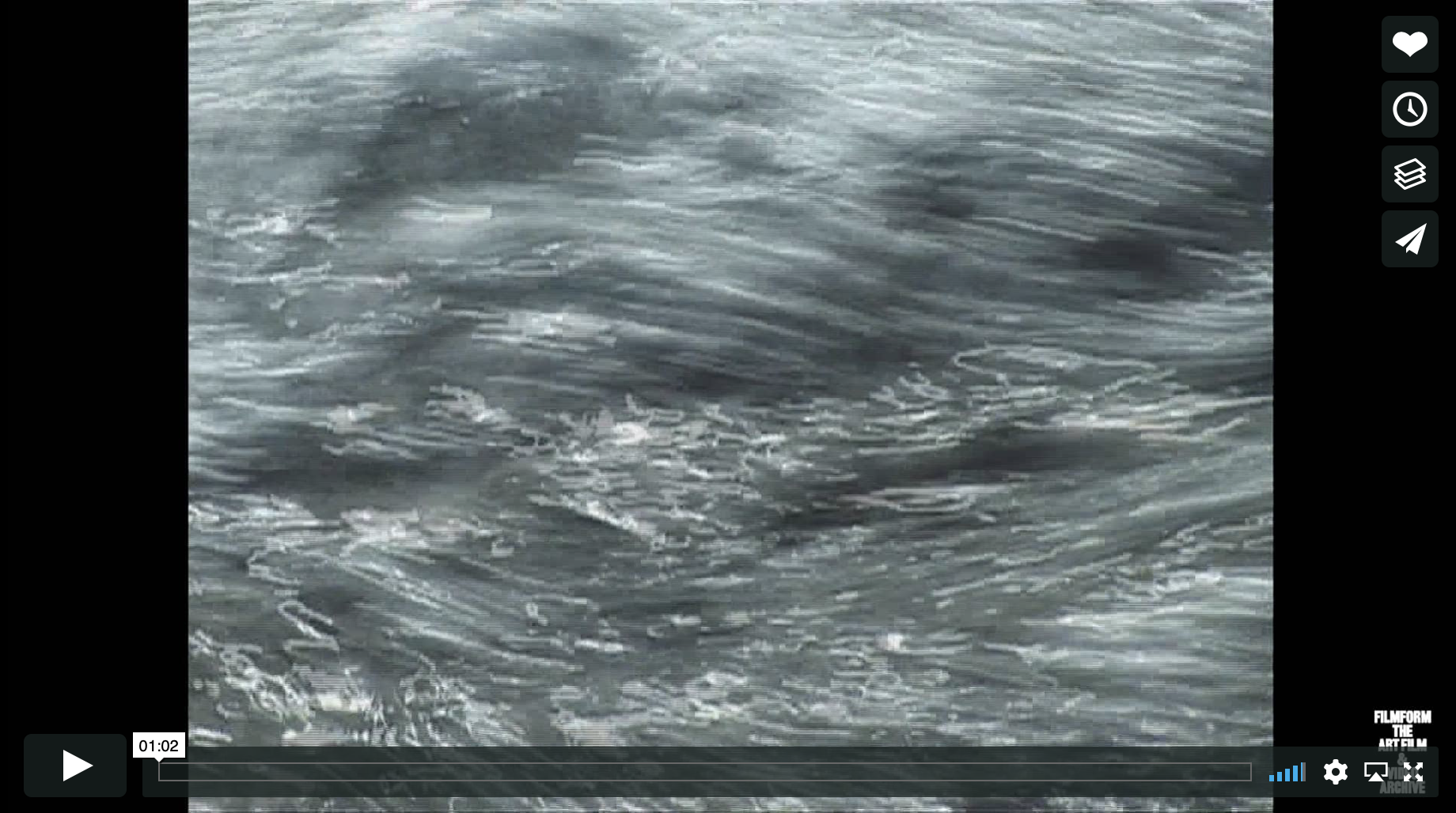
_____________
Kristina’s Harbor Revisited (2010)
‘Gunvor Nelson’s two-part film was recorded in Kristinehamn where she grew up and will return to live.’ — NF
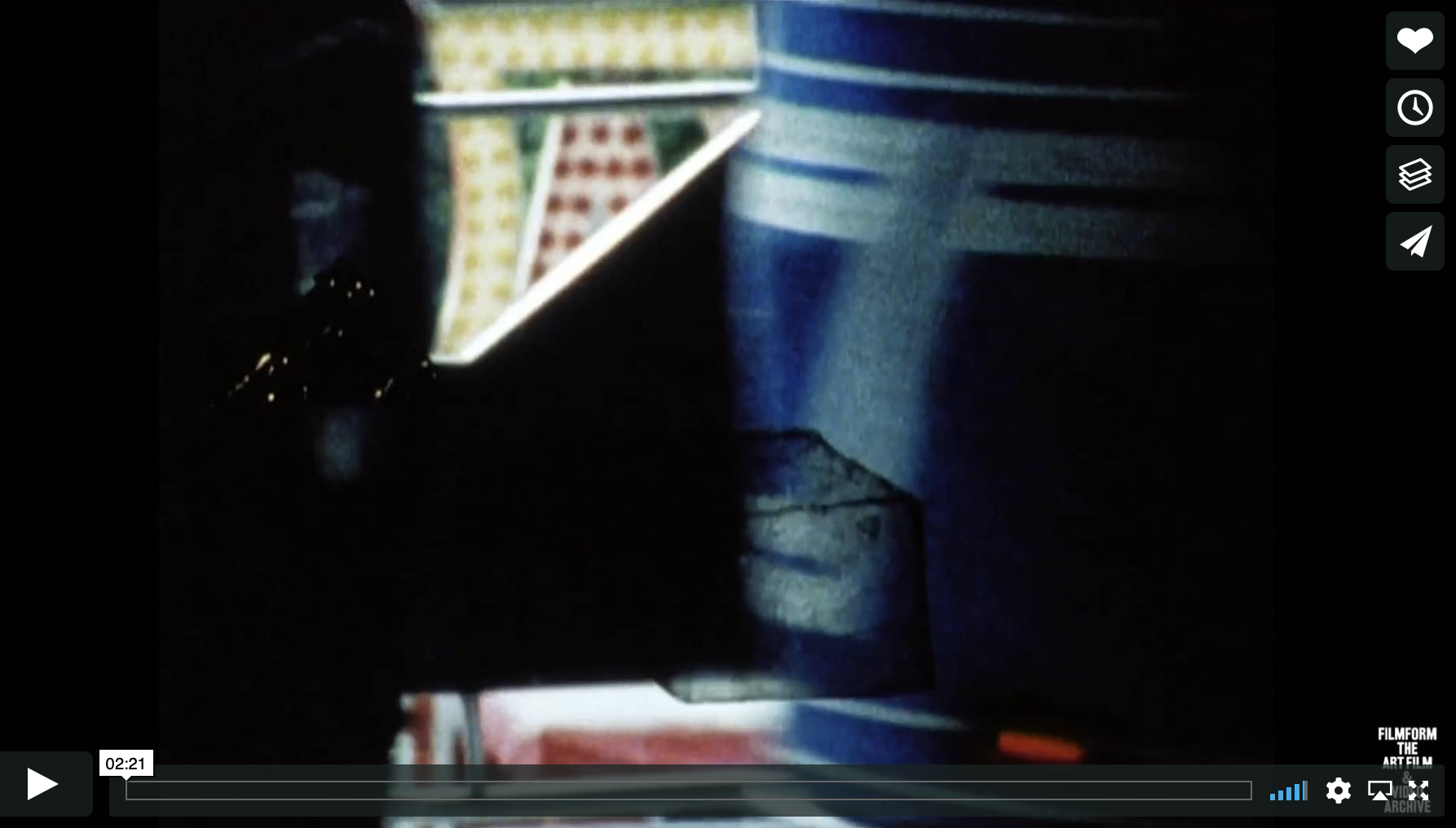
*
p.s. Hey. I’m heading off to Berlin early-ish tomorrow morning to host a Permanent Green Light screening there, so I won’t be around to do the p.s., but I’ll be back by Monday when the p.s. and the blog and I will return to normalcy. ** David Ehrenstein, Hi. Thanks. Yes, loggerheads it appears to be about the Malick. ** Maya, Hi, Maya. Welcome! You know, I made that post about 8 or 9 years ago, and I don’t remember what the association was, only that the link connected to the image was supposed to help solve the image’s mystery, if the link was still working, that is. Sorry not to have a better answer, and thank you for asking. ** schlix, Hi, Uli! Great to see you! Oh, shit, I mean, I think you might need a new computer there, sorry. You’ll be there at the screening tomorrow! How awesome! It’ll be really good to see you. Well, until soon! ** Montse, Montse! Holy moly! I miss you. I’m always asking mutual friends if they’re in touch with you and know what’s going on. Facebook is hell, but it’s sadly true that when people beg off it, the interconnectiveness can get hurt. Anyway, I’m so happy to see you! No, I must have launched yesterday’s post without refreshing to see if new comments had arrived. I’ll go find yours in a bit. I’m good, mostly, working: on a new film, a TV show, theater thing, recently finished a novel, all mostly good. Yes, PGL is on Filmin. I’ll only say that Zac and I had no input or control over the Spanish subtitles, and we fear them because the language in the film is pretty subtle and tricky, but since you speak mega-excellent English, no problem, and just ignore them. Wow, yeah, it’s so great to be in touch again. Do hang out whenever you feel like it and can. I miss talking with you. Tons of love, me. ** _Black_Acrylic, Huge condolences about the election. The size of his majority is a shock obviously. Yeah, it’s just shocking, all of it. Right, I think I knew you had a Crying Boy painting, or else I fantasized that you might for some reason. ** Barkley, Hi. Thanks really a lot for the links. I’ll go grab that film from one of them post-haste. Cool. Take care, and, obviously, please come back and hang out any old time. ** Mark Gluth, Hey, Mark. Great news about the finished chapter. Yeah, I remember you talking about the new thing at Michael’s. Exciting. No doubt there will be multiple grabbers in your list. March for the Kiddiepunk, cool. I was wondering whether Michael would wait until he’s back from Australia, and of course that’s logical. It would unbelievably cool if you put together a post to welcome those projects into the world, you bet. That would amazing even. So, yes, please, and thank you! Have a great weekend. ** live in n.y. 22 oktober 1988, I could be wrong, and excuse me if I am, but I think you’re spam, no? If not, or if so, I guess, hi. ** Steve Erickson, Thanks for the alert to your fleshed out lists. I’ll pore. Everyone, The esteemed Mr. Erickson has had published his 2019 best music lists with commentary, runners up, and top 40 singles. Read, note, and/or compare/contrast with your own picks here. Ooh, a 3-week long “satanic panic” series sounds fun, natch. Well, if Eilish were to eventually head in a Sondheim-ish direction at least that would be more interesting than Gaga’s idea of maturing into a ‘quality’ singer for people who think winners of ‘The Voice’ are some kind of gold standard and a Hollywood movie stardom milker. ** Bill, Hi, B. Thanks. Yeah, honestly, that post is from long enough ago that I don’t remember what the association was. So that post is almost as enigmatic to me as it is to y’all. ‘The Wretched’: now on my radar, thank you. ** Okay. If you don’t already know the wonderful films of Gunvor Nelson, now you can. Enjoy, I hope. The blog will see you as usual tomorrow, and I’ll rejoin it on Monday.




 Now available in North America
Now available in North America 
Hi Dennis, enjoy Berlin. Waking up in the UK is depressing today (ok, it is most days, but today is particularly dispiriting). Thanks for your recent favs of 2019, I have been using it to explore albums that snuck by me or that I knew were out there but hadn’t had a proper listen. Some nice gems in your stash.
In a bid to keep myself busy I’ve spent some of the desolate morning on this thing, which is Music for a Brexit General Election – A Spotify Playlist.
Gunvor Nelson’s work is pretty marvelous.
You’re so right about the way shows ike “The Voice” have destroyed popular music. It isn’t singing — it’s Moaning with increasing Loudness..
Here’s a piece on Genet marred by its author’s inexplicable inability to comprehend Camp I suspect straightness is the reason.
Dennis, it’s 2019 and you’re still throwing shade in Lady Gaga’s direction? Let it go, man… 😉
Having said that I wish she would do a new studio album soon, the last one she did was back in… 2016?
Have a great Berlin trip, Dennis. I’m so envious.
Nelson’s more abstract work with animation is really nice.
I wouldn’t go out of my way for “The Wretched”, by the way.
Bill
Have a great time in Berlin!
Yeah, Gaga made herself safe for heterosexual men who are frightened that dance music will turn them queer with A STAR IS BORN.
Here’s my interview with CUNNINGHAM director Alla Kovgan: https://www.studiodaily.com/2019/12/director-alla-kovgan-layering-visuals-stereo-3d-documentary-cunningham/
Hi, Dennis! I’ve missed you too!! I apologize for my disappearance. I had always on mind to pop in here and say hi, but then for some reason or other never did. And then I felt bad for not doing it. Anyway, I’m happy to be back and I see you’re as busy as usual, which is great. A TV show, wow! Is the novel related to The Heart is a Lonely Hunter at all? I remember you talked about that a while ago. Sorry, I’m sure you must have talked about this a lot here. I’ll let you know about the PGL subtitles when I see the movie. I wish I’d done them myself though, since subtitling is one of my jobs. But I had no idea the film was available in Spain. It was a great surprise to find it in Filmin. Hope the screening in Berlin went really well. Say hi to Zac for me. Oh, I ordered We Are Made of Diamond Stuff and The Maze of Transparencies. Lots of love,